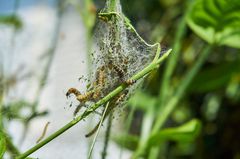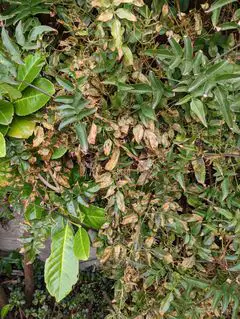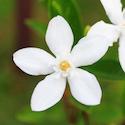Articles in care (2)
See all articles for tag care

The Night blooming jasmine is one of the most beautiful, evergreen and everlasting jasmine species, that exist. Not only, due to its beautiful waxy flowers, but also, and foremost, due to the extravagant scent that its flowers produce. Unfortunately, not all is a roses path when it comes to care and maintain our night blooming jasmine, as it is really prone to get infested with nasty pests, such as, leaf eaters caterpillars, aphids and mites. There is no more heart breaking event as seen your gorgeous night blooming jasmine plant full of holes and gaps reaching the flower buds and stems. Every jasmine plant gardener has to eventually deal with some pesky pests, such as, caterpillars, that will collapse your plant in no time, if not checked or treated, but luckily, we have many options to deal with them. Caterpillars do feed on the leaves of our jasmine plant, starting with the younger and fresher leaves of the plant and making their way to the higher parts of the plant very quickly. As a result, most blossoms will not be able to bloom and even the buds will fall off before they get to bloom. That’s why, prevention and ensuring you check on your plants regularly, are the most effective ways to avoid these caterpillars to colonise your jasmine plants. It is important to note that they will be most active during the summer and autumn time and it is key to recognise the first sings of infestation by these insects to be able to act as quickly as possible. These sings include, double checking both sides of the leaves, to ensure there are no butterfly eggs attached to them, double checking for holes and gaps in your leaves and lastly to check the entire jasmine plant for caterpillar or moth poop, as this would be undoubtedly, the result of active caterpillar or moth egg laying process.
Read more
Star Jasmine leaves can turn brown because of weather fluctuations, herbicide misuse, nutrient deficiencies, improper fertilisation, root-related diseases or pests, under-watering or over-watering and too much sunlight exposure.
Read more